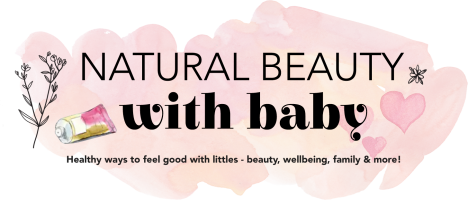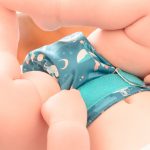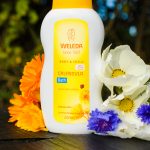“Say Goodbye to Diaper Rash – Easy Remedies Every Parent Must Know!” is a collaborative post.
Diaper rash—also known as diaper dermatitis—is one of the most common skin issues in infants. And while many factors can contribute to it, the type of diaper used plays a much bigger role than most parents realise.
This article explains how diaper design, material, and daily usage habits affect the skin, and what you can do to reduce the risk of diaper rash while keeping your baby clean and comfortable.
1. Diaper Rash Starts with Moisture and Friction
A baby’s skin is naturally thinner and more sensitive than an adult’s. When urine or stool stays on the skin too long, it breaks down the skin barrier and allows irritation to set in. If the diaper also traps heat or rubs against the skin, things get worse fast.
In simple terms:
Wet skin, friction, and poor airflow can lead to diaper rash.
That’s why absorbency and breathability are essential features in any diaper.
2. Why Diaper Quality Makes a Difference
High-quality diapers do more than just “hold pee”—they actively protect your baby’s skin. For example:
- Super-absorbent core materials pull moisture away from the surface quickly, keeping the skin drier for longer.
- Soft, non-irritating top sheets reduce friction and prevent chafing, even with constant movement.
- Breathable backsheet layers help release excess heat and humidity, which is especially important in warm or humid climates.
- Fragrance-free and latex-free designs lower the risk of triggering a skin reaction, especially for babies with sensitive skin or eczema tendencies.
Tianzheng diapers, including the KeiAnn series, are made with soft, skin-friendly layers designed to reduce irritation. Their fragrance-free design and absorbent core provide a dry, breathable environment that supports healthy skin, day and night.
3. How to Prevent Diaper Rash (with or without diaper cream)
While creams and ointments can help treat diaper rash, prevention always starts with proper diapering habits:
- Change diapers regularly, especially after stool—don’t wait for the diaper to feel heavy.
- Clean gently using water or alcohol-free wipes; avoid over-scrubbing or strong soaps.
- Let the skin dry completely before putting on a new diaper.
- Give skin a break with 10–15 minutes of diaper-free time each day.
- Use barrier creams with zinc oxide if skin looks irritated, even slightly.
4. Diapers for Sensitive Skin: What to Look For
If your baby already has sensitive skin or is prone to diaper rash, here’s what to prioritise in a diaper:
| Feature | Why It Matters |
| High absorbency | Keeps skin dry, reduces rash risk |
| Fragrance-free & dye-free | Less chance of allergic reaction |
| Latex-free materials | Avoids contact allergens |
| Breathable backsheet | Reduces trapped heat and moisture |
| Soft, smooth inner lining | Prevents friction and chafing |
Brands like Tianzheng focus on these qualities, especially in their export-oriented product lines where safety, comfort, and skin health are top priorities.
5. When to See a Doctor
Most diaper rashes clear up in 2–3 days with the right care. But if you notice:
- Open sores
- Rash spreading beyond the diaper area
- Fever or signs of infection
→ It’s time to check with a paediatrician. It may be a yeast or bacterial rash that needs medication.
Final Thoughts
A diaper is in contact with your baby’s skin nearly 24/7. That’s why choosing the right one isn’t just about convenience—it’s about protecting skin, preventing discomfort, and supporting overall health.
Whether you’re managing occasional redness or trying to prevent daily irritation, a soft, absorbent, and non-irritating diaper—like those made by Tianzheng—can make a noticeable difference.
Sometimes, better skin begins with a better diaper.







Comments are closed.